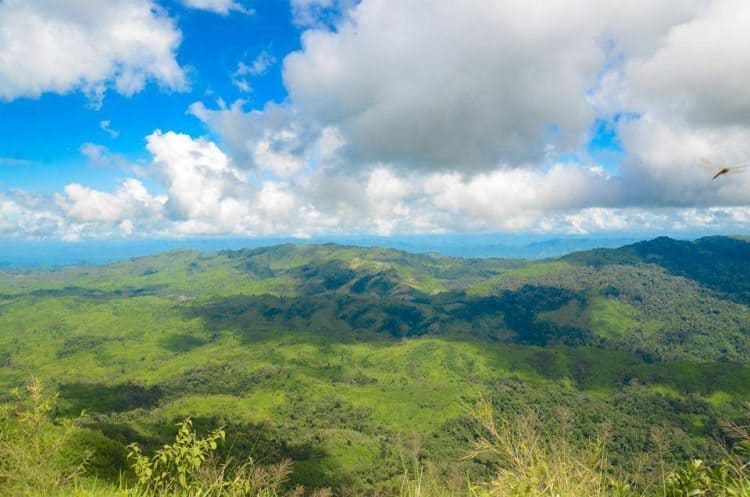Why Visit Bangladesh?
The Location & History
Bangladesh is in a really interesting geographical location. And it’s pretty easy to get to. There’s no reason why you shouldn’t travel Bangladesh during a visit to India or Nepal.
Flights are relatively cheap from international destinations. Plus, get yourself off the beaten track even more - twice a week DrukAir also serve flights to Bhutan.
Bangladesh became an independent nation in 1971 after breaking away from Pakistan. For 20 years after this until 1991, it suffered from national disasters, poverty, famine and political unrest.
In 1991 democracy was restored and the country entered a new phase of economic progress. Still relatively new as an independent nation, you can see many of these changes happening over a short amount of time.
Bangladesh remains a poor country, but Western influence is becoming more and more apparent. It’s not unusual to see people with smartphones - and many people use Uber!
Why Visit Bangladesh?
#5 Raw Country
If you’re bored of European cities and had enough of elephant pants and backpackers in South East Asia, Bangladesh will not let you down.
No Starbucks, no McDonald’s.
Whilst I promote tourism globally for many reasons (great for cultural exchange, the country’s economy etc) it was a very humbling experience to be able to travel a country that has hardly been touched by tourism (yet). There is very little infrastructure and very little there for tourists. Few tourist-orientated restaurants, no Starbucks, no McDonald’s, no youth hostels, etc. Some may find this difficult, but for me, it certainly enhanced my visit Bangladesh time.
On the other hand, Bangladesh is very forwards with some things. It is not uncommon for locals to have smartphones, you can easily access 4G with a local sim card, and Uber is widely used!
The best way I found to describe Bangladesh is that it is a raw country. For me, this is one of the big charms of Bangladesh. But it’s not for the faint-hearted.
I hope more people can come and see this beautiful country - but do so responsibly.
Like everywhere, the more people come the more people are catered for, and it is only natural that this changes and develops. Bangladesh remains a third-world country, and if tourism can help boost the economy, that’s great. I just wish for Bangladesh to retain its culture and charm as it expands on tourism.
If I’ve persuaded you to visit Bangladesh, make sure to check out part 2 with more information on travelling Bangladesh.
Where to go, what to see, and how to see it!
*The south of Bangladesh is also currently affected by the Rohingya crisis in Myanmar with many people seeking refuge. This didn’t cause a problem travelling or jeopardise safety, but it was apparent. There were many police checks throughout the south and also in the north. It wasn’t uncommon for taxis and buses to be stopped and passengers are required to show some form of identification. It is wise to carry documentation with you at all times.

Comments
Post a Comment